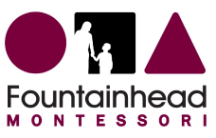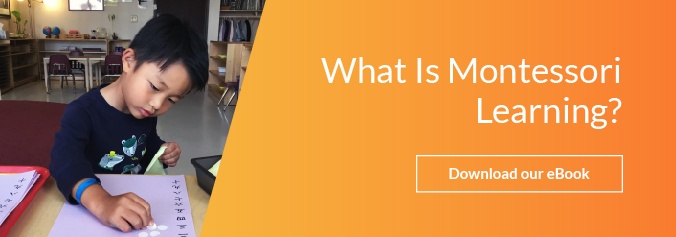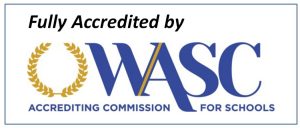Parents have more options than ever when choosing an educational setting for their children. In addition to deciding between a private or public education for their children, caregivers can choose a Montessori environment versus a traditional classroom setting. The Montessori environment provides some advantages compared to public school that many parents find will lay a solid foundation for their child’s future.
Flexible and Self-Paced Lessons
A Montessori environment allows a self-paced curriculum to meet the needs of the individual child. While public schools must move all students through the curriculum together, a Montessori teacher individually assesses each child and allows them the opportunity to take as much time as needed to master a new skill. Additionally, the Montessori teacher can provide more challenging lessons as needed to keep the child curious and engaged. Public schools must cater their lessons to the state standards and standardized testing requirements, but a Montessori environment follows the child to meet their individual needs.
Hands-On Learning
In addition to the individualized instruction of the Montessori approach, the Montessori lessons are hands-on and engaging. The students are actively learning with their whole bodies, keeping the children fully involved in the learning process and reinforcing the goals of instruction. In a traditional public school, students are often the recipients of oral instruction which often falls short to meet the needs of every child in the class. Because Montessori lessons use a combination of senses, the children are more likely to successfully master the content and enjoy the learning process providing a clear advantage over public schools.
Problem-Solving Skills
In a Montessori classroom, the child is given the opportunity to grow in problem-solving and independence that may not be possible in a public school setting. The Montessori classroom is designed to create a class culture to care for their environment. Children are taught from a young age that everyone is responsible for their classroom and classmates, so when they see a need in the environment, they are empowered to find a solution. Exercising these critical thinking skills not only builds their self-confidence, but also teaches them to be a good citizen.
Mixed-Aged Setting
A key difference between a traditional public school classroom setting and Montessori environment is that Montessori environments consist of mixed ages of children. Because the class consists of children within a three-year age range, the young children can learn from the older children and the older children learn important leadership skills within the class culture. In a primary classroom, three year olds can see the work of the six year olds, sparking their curiosity to reach the higher levels. The six year olds learn to show compassion and be good role models for their younger classmates. The social skills learned in this dynamic environment create confidence and camaraderie as they grow.
The Montessori approach provides students with a holistic approach to learning. The flexibility and interactive design of the environment teaches children valuable skills for the future and seeks to unlock the full potential of each child in the class. If the advantages of a Montessori education compared to a public school appeal to you in the Bay Area, schedule an appointment to meet with Fountainhead Montessori today to discuss if one of our campuses will be a good fit for you and your family.












Let us know what you think about this post
Put your Comment Below: